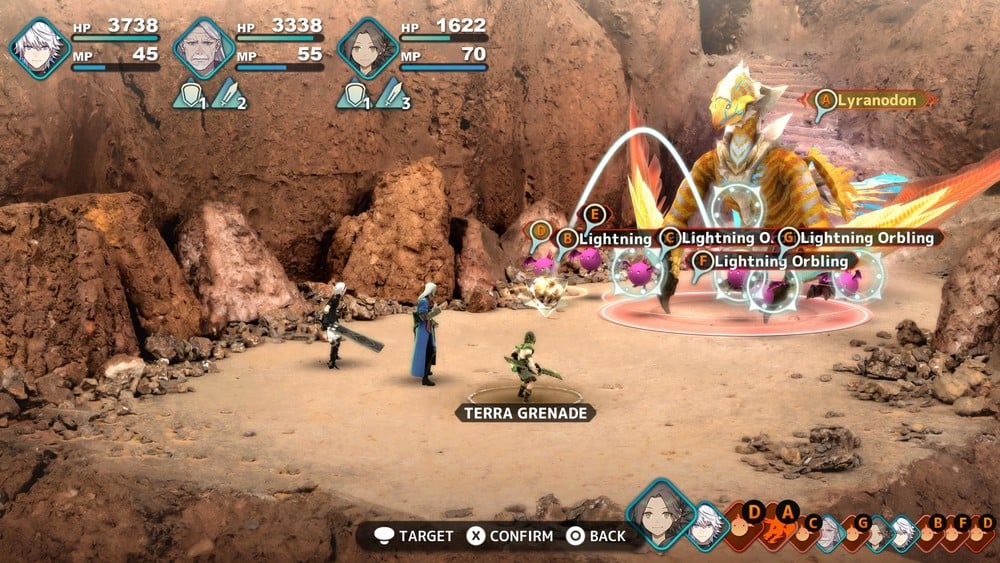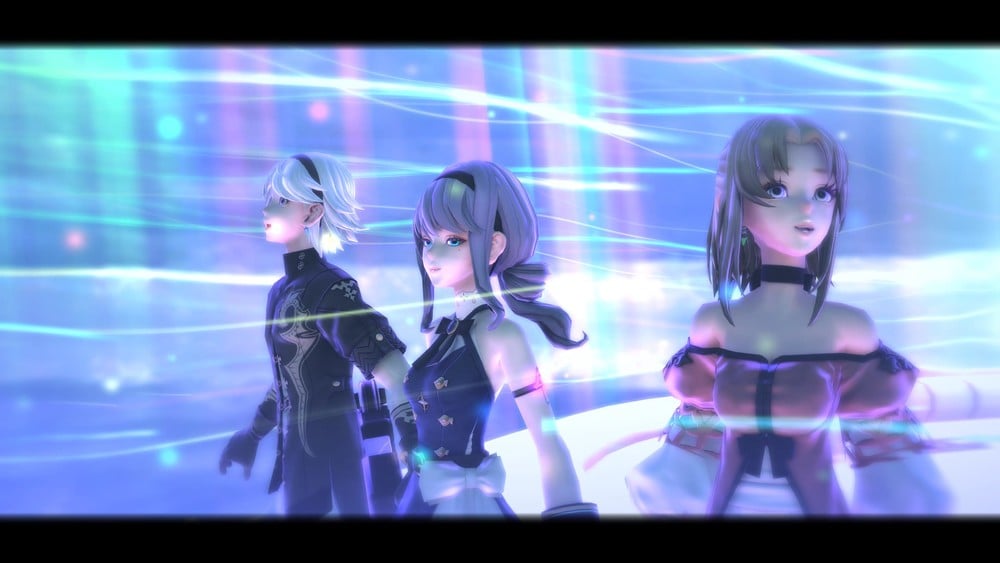Creating a Classic JRPG in the Modern Era: An Interview with Final Fantasy Creator Hironobu Sakaguchi
by Richard Eisenbeis,
Fantasian was originally released for iOS' Apple Arcade in 2021. However, the last time Sakaguchi and his team at Mistwalker had made a turn-based RPG was almost 15 years ago with 2007's Xbox 360 exclusive, Lost Odyssey. Since then, Sakaguchi and his team have been working on action RPGs and TRPGs. Then, events conspired to lead Sakaguchi to return to his roots.

What exactly were these roots? “Looking back, I think the games that influenced me the most to begin creating games were Wizardry and Ultima on Apple II,” Sakaguchi told me. “Before diving into RPGs, I spent the early stages of my career developing adventure games for PC. After a few years, when Famicom (NES) became the target platform, I had to abandon developing RPGs due to the limited storage capacity of the ROM cartridge and the lack of a save data function in the initial Famicom model.”
Yet when Dragon Quest burst onto the scene, it changed what Sakaguchi believed was possible in games. “Dragon Quest overcame these barriers with creative ideas, including a feature that allowed players to save using text data. I scolded myself for thinking that creating an RPG was not possible on Famicom, and went on to develop the first Final Fantasy.”
But it was more than just nostalgia that influenced the creation of Fantasian; there was a feeling that it might just be his final chance to make a game. “Back then, I was just starting to think about my final project before retirement, so I created Fantasian to tap into my inner creativity to earnestly craft an RPG once more,” Sakaguchi said.

“I've been playing Final Fantasy XIV for a little over three years now, and I log in almost every single day. It might be the game that I've played the most in my life. Because of that, I can't pinpoint the specific factors that influenced me. I believe I have been significantly influenced by it in ways that aren't overt,” Sakaguchi told me. “My experience revisiting Final Fantasy VI influenced Fantasian's production. But witnessing how Final Fantasy XIV honors the legacy of earlier Final Fantasy games while also enhancing them impressed me and allowed me to approach the direction I had for Fantasian without wavering.”
His time in Final Fantasy XIV also brought Sakaguchi into contact with Naoki Yoshida, the game's producer and the man who would become a vital part of bringing Neo Dimension into being. “I felt that Yoshida-san was a diligent and sincere person through my experience with Final Fantasy XIV, and that impression was reinforced through working with him on Fantasian Neo Dimension,” Sakaguchi said, giving his heartfelt view. “Needless to say, if the opportunity arises, I strongly wish to work together with him again and create something new.

On the gameplay side, he envisioned a game far more difficult than the classic JRPGs of yore. However, the actual design process followed his usual pattern. “The first thing I do during development is divide all the components and determine how I want to handle them,” Sakaguchi explained. “This includes statuses and elements of the player's characters and their enemies, how to enable and disable them, systems that enable players to increase their resistance, how that affects the damage calculation, and the order in which they appear, among other things.”
That's only the start of the process. “Additionally, elements such as the party composition for every dungeon you visit in the story, the unique characteristics of each dungeon, the positions and designs of bosses, and how far the player has progressed within the overall game are also considered,” Sakaguchi continued. “During this stage, I believe it's important to incorporate exciting ideas, even if they are small in scale. [In Fantasian] I also put a heavy emphasis on the visual designs and movement of the bosses. Many of the bosses are full of our designers' creative ideas, and I aimed to take advantage of these ideas to the fullest extent possible. Cheryl's attacks landing only when the Mechteria Blob boss is looking up is an example of this.”

“Because of that, I continued playing the game in my head every morning for about half a year. These are immensely joyful moments for me, and by making slow but steady progress throughout those six months, I gain a remarkable sense of satisfaction and fulfillment when I finally reach the grand finale– even more than when I play the actual game.” He concluded, “In that sense, writing is perhaps a delightful hobby I engage with over an extended period.”
Fantasian Neo Dimension was released on December 5, 2024, and can be played on the Nintendo Switch, PlayStation 4, PlayStation 5, Xbox Series X/S, and PC.
discuss this in the forum (4 posts) |